Overview
The T-M417 Escalator DIY Learning Kit is a hands-on educational project designed to introduce students to the mechanical and electrical principles behind moving staircases. Learners assemble a functional escalator model that demonstrates real-world escalator motion through a motorized conveyor system, making it ideal for teaching mechanics, automation, and basic circuitry.
Key Features
- Functional escalator model that simulates continuous conveyor-like upward movement.
- Mechanical transmission system showcasing gears, pulleys, and step-belt operation.
- STEM-focused design that links mechanics, electricity, and automation concepts.
- Hands-on assembly to reinforce problem-solving, spatial reasoning, and fine-motor skills.
- Battery-powered DC motor for safe, low-voltage operation in classrooms and labs.
- Durable construction using wood, plastic, and metal components for repeated demonstrations.
Package Contents
- Wooden escalator frame
- DC motor (3V–6V compatible)
- Gear and pulley assembly
- Step belt (escalator chain)
- Battery holder and switch module
- Wiring components and connectors
- Support stands, screws, nuts, and assembly accessories
- Detailed instruction manual
Specifications
- Power Source: Battery operated (DC motor)
- Operating Mechanism: Gear and pulley-driven moving belt system
- Material: Wood, plastic, and metal
- Assembly Time: 40 30 60 minutes
- Skill Level: Beginner to intermediate
- Voltage Range: 3V 6V DC
- Motion Type: Continuous conveyor-like upward movement
Educational Benefits
- Explains mechanical movement and automation systems used in real escalators.
- Demonstrates principles of gears, pulleys, rotational motion transfer, and transmission ratios.
- Encourages hands-on problem-solving, creativity, and mechanical reasoning.
- Suitable for STEM education, physics lessons, engineering experiments, and science fair projects.
- Helps students connect classroom theory to real-world transportation and design concepts.
Assembly Tips and Usage
- Read the instruction manual fully before starting assembly to identify all parts and tools required.
- Assemble on a clean, flat surface and keep small parts organized to speed up the 40 60 minute build.
- Test the DC motor and wiring with the recommended 3V 6V batteries to ensure safe operation.
- Adjust belt tension and gear alignment for smooth, continuous movement and minimal friction.
Safety and Maintenance
- Use only the recommended low-voltage batteries and avoid higher voltages.
- Keep hands and loose clothing away from moving parts while the model is running.
- Regularly check screws, belts, and connections for wear and tighten or replace parts as needed.
- Store the kit in a dry place to prevent damage to wooden and metal components.
Ideal For
- Classroom demonstrations, STEM clubs, and laboratory experiments
- Science fairs, exhibitions, and hands-on learning workshops
- Teachers and students exploring mechanics, automation, and basic electronics
Note: Images are for illustration purposes only.

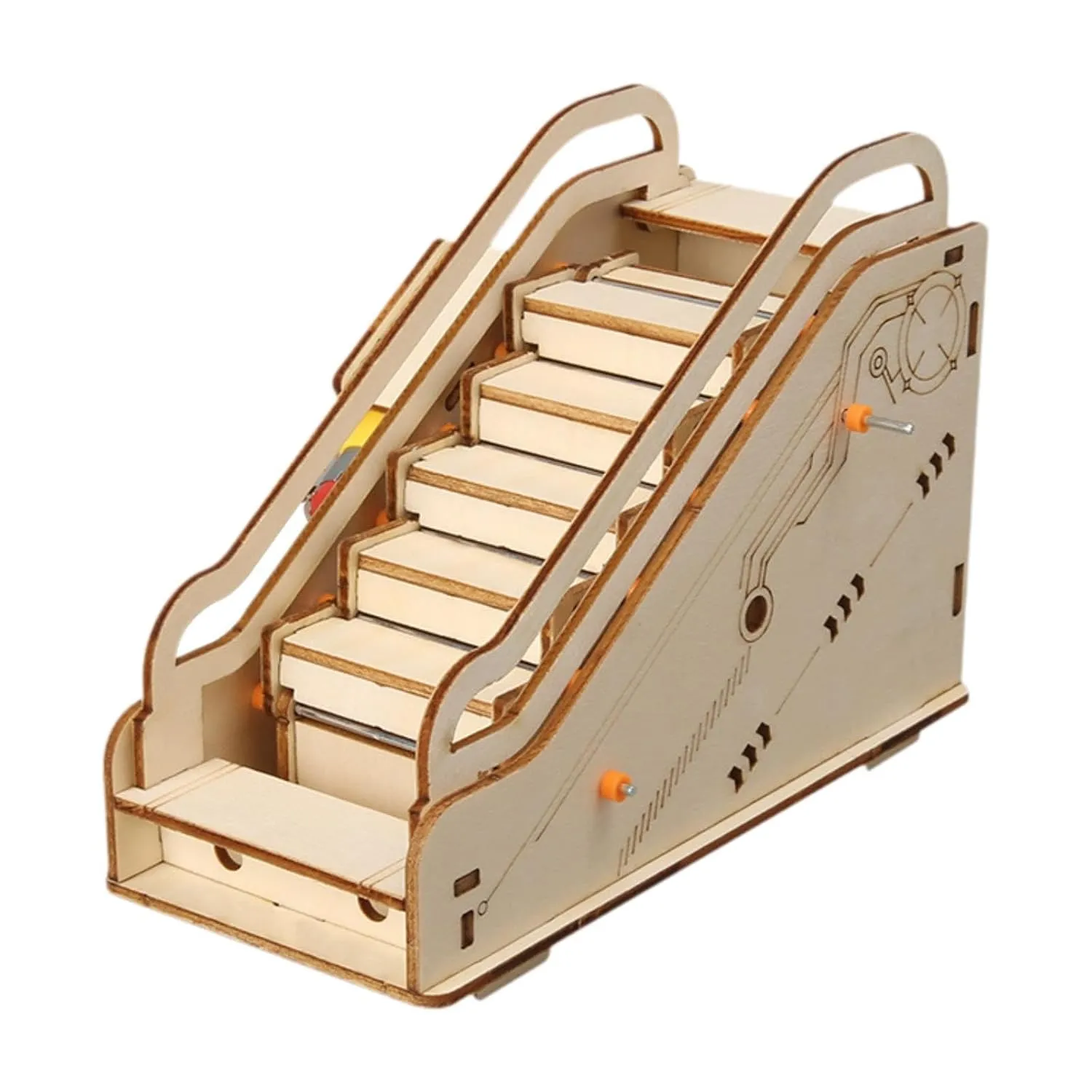

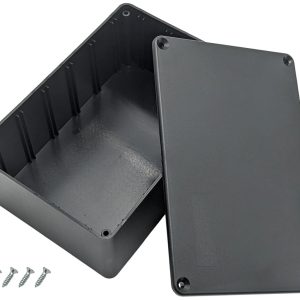
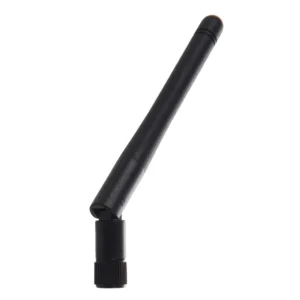
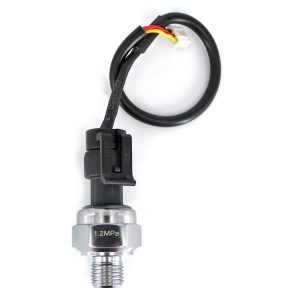
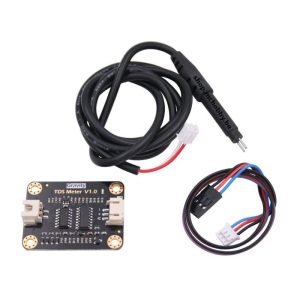
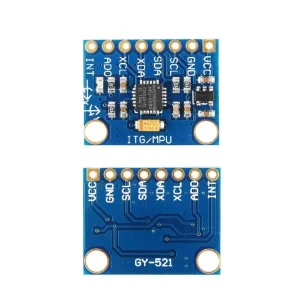
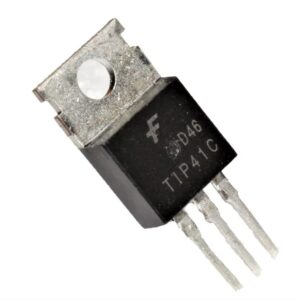
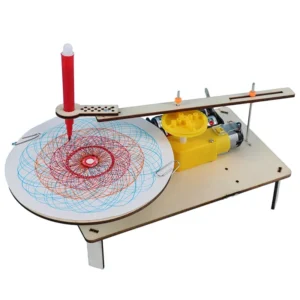
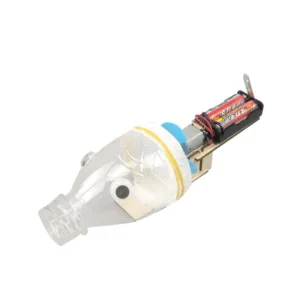

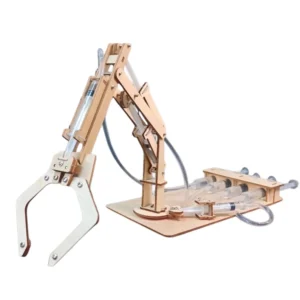

Reviews
There are no reviews yet